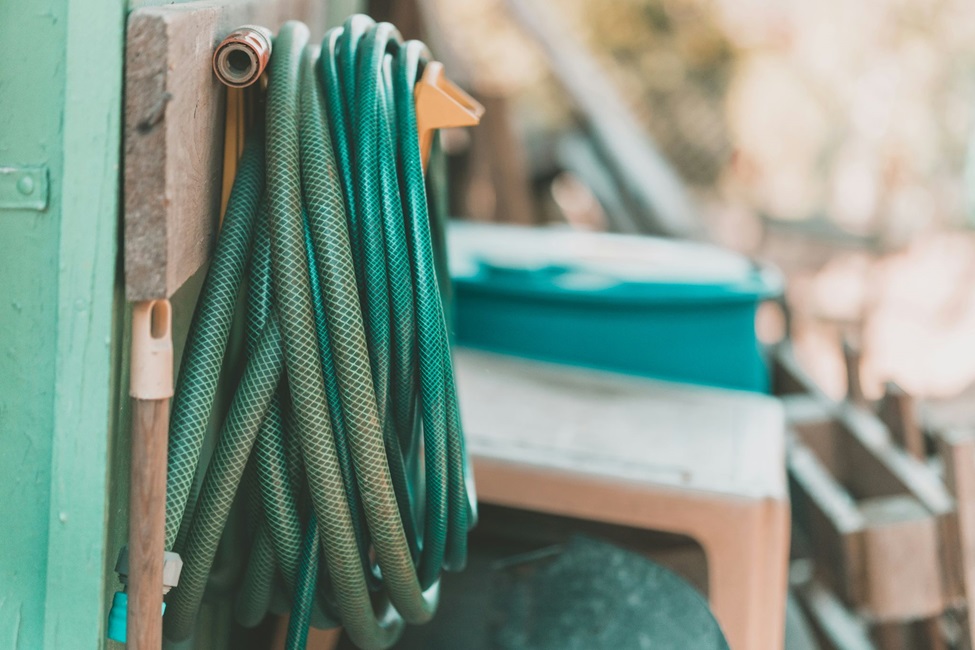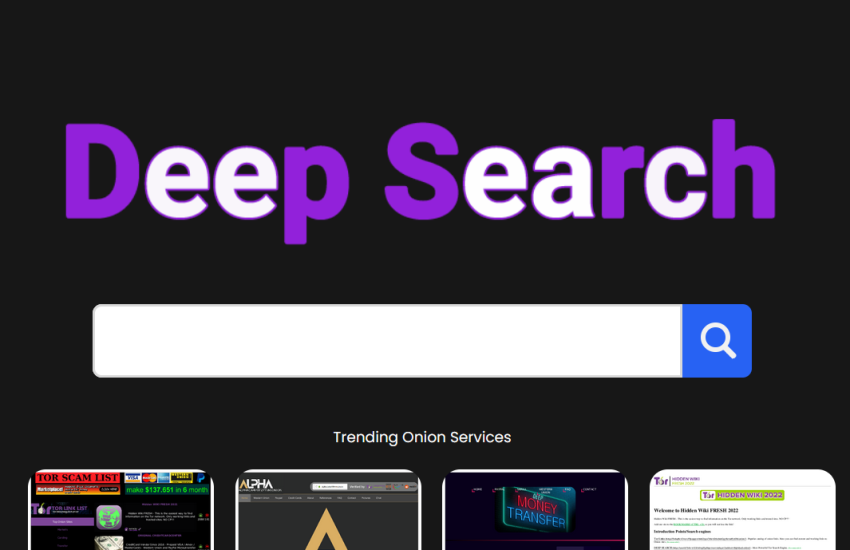Common Challenges in Industrial Hose Selection and Maintenance
Industrial hoses are used in various industries, such as manufacturing, construction, agriculture, and mining. Hoses help industrial operations by transporting fluids and materials and carrying air and gases. But choosing the right hose and keeping it clean can be tough.
In this guide, we’ll talk about some common problems with choosing and maintaining industrial hoses and how to solve them.
1. Compatibility and requirements for the application.
It is important to choose a hose that is compatible with the fluids or materials it will carry to prevent degradation or contamination. But finding the right material composition and construction can be hard, especially when dealing with corrosive chemicals or abrasive materials.
Temperature and pressure
Consider the temperature and pressure conditions in which the hose will operate. If you choose a hose that is too hot or too cold, it might fail too soon or cause danger.
Flexibility and how far it can bend
When hoses need to bend or stretch, it’s important to have enough flexibility and the right amount of bend radius. This will prevent the hose from kinking, getting tired, and making the flow less efficient.
2. Durable and Performance
Abrasive and wear-resistant:
Abrasive materials or harsh environments can cause abrasion and wear on hoses. Choosing hoses that are stronger and resistant to damage can make them last longer and require less maintenance.
UV and ozone resistant
UV and ozone can damage hose materials over time, making them crack, break down, and not work well. Choosing hoses with UV and ozone-resistant properties can help prevent these effects.
Static electricity builds up
In applications where static electricity buildup is a risk, like in fuel transfer or chemical handling, choosing hoses with static dissipative or conductive properties is important to prevent electrostatic discharge and potential hazards.
3. Proper Installation and Maintenance
Using the wrong hose fittings, crimping, or routing can cause leaks, fail the hose, and cause safety problems. It’s very important to follow the manufacturer’s instructions and industry standards when assembling and installing things.
Inspections and maintenance
Regular checks and maintenance are important to catch problems early and prevent unexpected problems. A proactive maintenance program can extend hose life and reduce downtime.
Education and training
Training and education is important to ensure proper handling and care of hoses. Training programs should cover proper procedures, safety rules, and best practices for hose management. Find out more about Jaw Crusher Machine for Sale here.
4. Following the rules and following the rules.
It’s important to follow rules and guidelines set by organizations like OSHA or API to keep workers safe and protect the environment.
Final Words
Industrial hose selection and maintenance present many challenges that require careful thought and proactive measures to address effectively. Businesses can make their industrial hose systems work better by knowing what they need, choosing the right materials and specifications, installing and maintaining them correctly, and following rules and standards. Investing in quality hoses, training personnel, and implementing robust maintenance protocols all contribute to increased productivity, safety, and cost savings in industrial operations.








